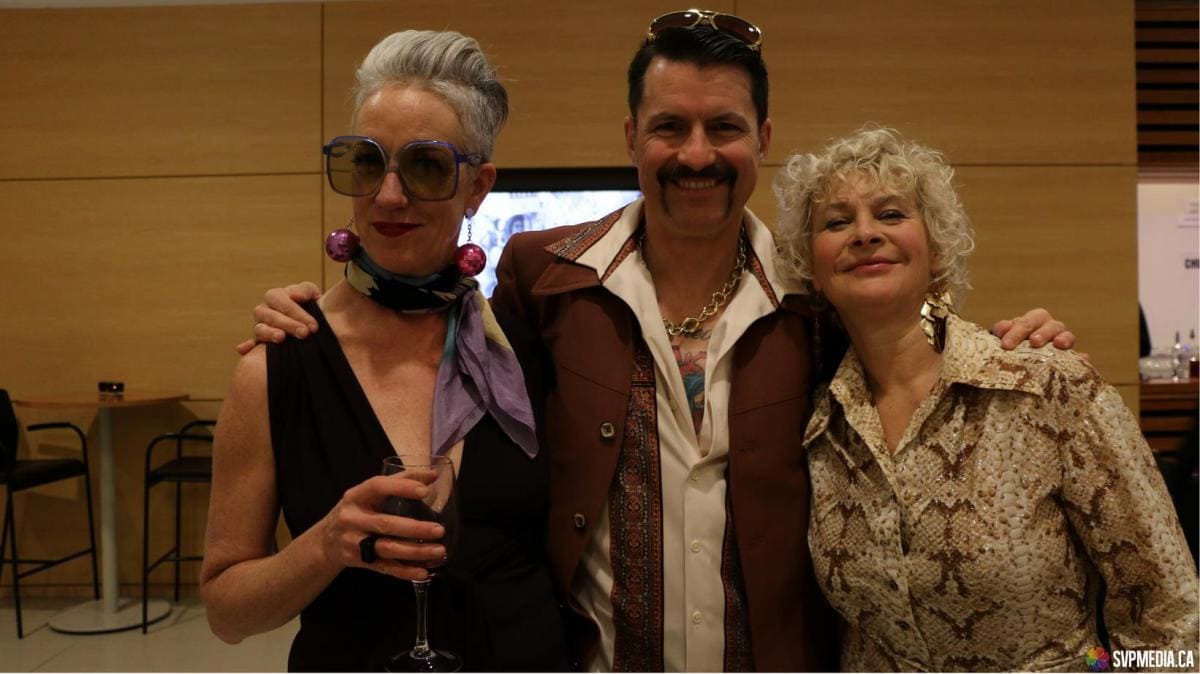By Ami Powell
Earlier this year, the ArQuives hosted The Disappearing Spaces for Queer Womxn, a panel discussion on queer womxn’s spaces, both past and present, in Toronto. Part of MediaQueer’s 69 Positions workshop series, this discussion included valuable perspectives from panelists Lezlie Maria Lee Kam, Marusya Bociurkiw, Ace Dillinger, Chantelle Findlay, and Sica Saccone, and was facilitated by filmmaker Lulu Wei.
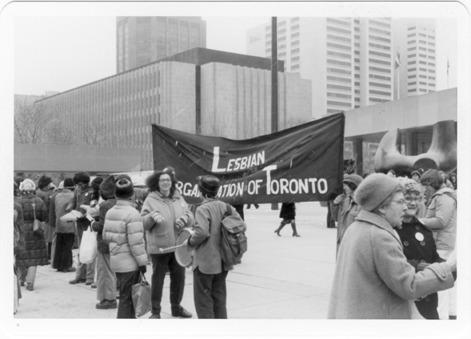
The panel discussion began with Lezlie and Marusya’s recounting of spaces they participated in from the 1970s onwards. Lezlie was a member of the Lesbian Organization of Toronto (LOOT), which uniquely had a dedicated, physical space. LOOT rented 342 Jarvis St. from 1977 to 1980 as a multi-use space for its operations, drop-ins, the Lesbian Phone Line, collective organizing, and other events. The ArQuives’ Serials Collection contains LOOT’s newsletter, the Lesbian Perspective, as well as letters sent to members, and other artifacts like event flyers. Both Lezlie’s retelling and LOOT’s newsletter demonstrate how finances were a massive barrier to the creation and longevity of physical queer women’s spaces. The newsletter notes that the monthly rent for 342 Jarvis St. was $300 plus utilities and meeting this financial obligation led to the burden of ongoing fundraising led by LOOT’s Task Force. By 1980 the organization itself felt more fragmented as membership involvement lacked consistency, and 342 Jarvis St. wasn’t being used enough to justify the cost.
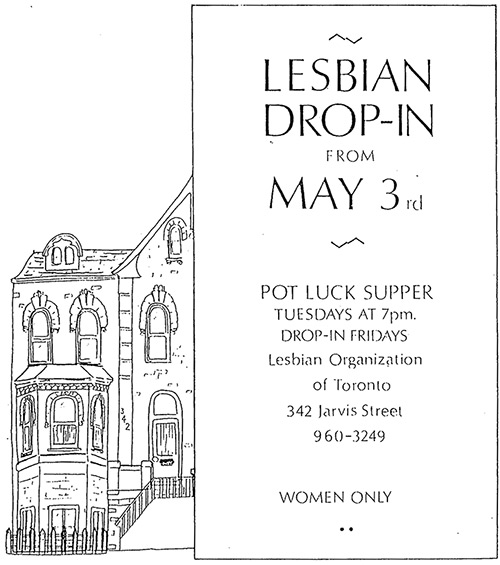
One key reason why the LOOT house at 342 Jarvis St. began to feel underused was because of the increasing popularity of bars as social spaces for lesbians. The front-page article of LOOT’s September 1979 newsletter lamented how many women frequented the Fly By Night Lounge instead of the LOOT house. The LOOT house now appeared to be more of a transient space for newly out lesbians to meet others, then move on with their newfound social circles to the bars. This newsletter article also noted the importance of the LOOT house as a rare non-alcoholic space for women to socialize. The lack of sober queer women’s spaces is an ongoing issue the workshop panel discussed and was one of the changes the panel identified that needs to be addressed in the future creation of queer womxn’s spaces.
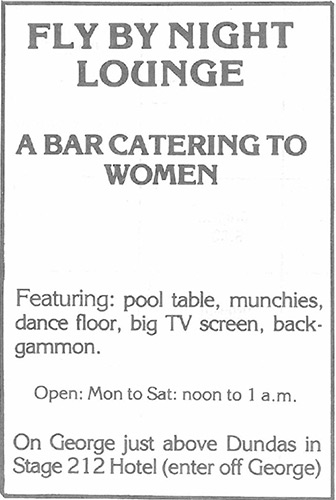
In Toronto, bars have long been one of the most common social spaces for queer women, but there were few bars dedicated to queer women. Instead it was more common for a bar to host women’s nights on a weekly or monthly basis. Marusya discussed how bars were extremely valuable spaces for her and other lesbians because of the community, friendships, and relationships formed within them. She talked about the Chez Moi bar (where she had her first lesbian kiss!), the Rose Cafe (later known as Pope Joan), and the Fly By Night Lounge. An article in the May 1979 LOOT newsletter expressed how important the Fly By Night was, writing that the space, “is definitely a community bar already, and whether you are talking, dancing, playing pool or backgammon, it is the place to go if you enjoy the company of women who truly like and respect other women.”
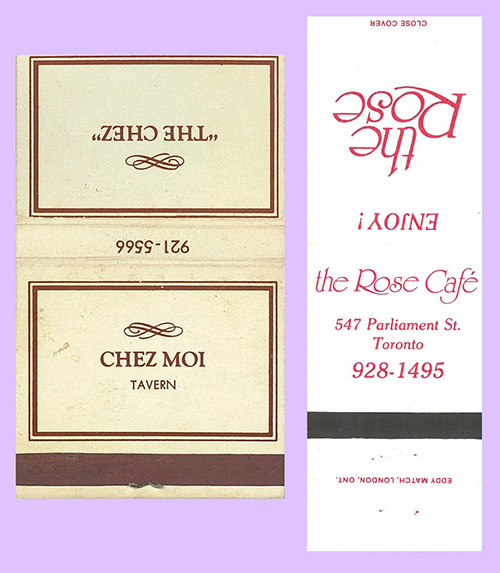
However, it is important to note that the “community” found at the time in these bars, and other queer women’s spaces, were almost exclusively white, cis lesbians. Marusya noted the significant race and class divide in these bars, as well as frequent police harassment. Lezlie came out in 1977 and discovered that the bar scene placed significant pressure to present as butch or femme, leaving no room for fluidity in gender presentation or identity. LOOT had significant issues as well, they explicitly excluded trans women and at the time Lezlie was involved, she recalls being one of only four women of colour. However, it’s important to note the presence of queer women of colour in other organizations, like the group Lesbians of Colour created in 1984 and operated out of the 519 Community Centre.
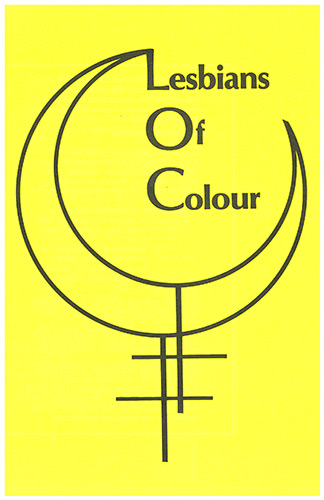
Today there are no dedicated physical queer women’s spaces like the LOOT house at 342 Jarvis St, nor are there bars that cater exclusively to queer women. As during the 70s and 80s, present day nightlife for queer women is primarily composed of monthly dance parties. The panel discussed Toronto queer women’s nightlife as divided between Church St. and the West End. Finances are still a crucial issue, although the West End is popular among many queer women, Chantelle noted how bars and spaces in this popular area are too expensive to book for parties. On the other hand, Ace shared that Church St. doesn’t feel like home for people of colour, and is already oversaturated with parties, primarily for gay men. Sica’s event Lavender is a monthly dance party for LGBTQ2+ women, trans, and nonbinary folks hosted in the Village. Lavender has been hosted at Glad Day Bookshop for the past year and, thanks to constantly selling out, is moving to the larger venue of Buddies in Bad Times Theatre in September. Lavender’s success, as well as the packed crowd that attended this workshop proves that Toronto has long had a strong demand for queer women’s spaces, and now is the time to create them.
The intergenerational perspectives in the Disappearing Spaces for Queer Womxn workshop created a valuable conversation about a vision of future queer women’s spaces. Looking to the future, the key focuses the panel identified were creating spaces and events that are more inclusive and welcoming, especially for trans folks and people of colour. Additionally, Toronto needs more sober events and events in accessible spaces. Understanding the history found in the ArQuives as well as the memories of queer women who experienced this history firsthand allows us to learn from past mistakes and difficulties. With this knowledge and ongoing discussion with current community members, we can envision a future of inclusive, abundant queer women’s spaces.

